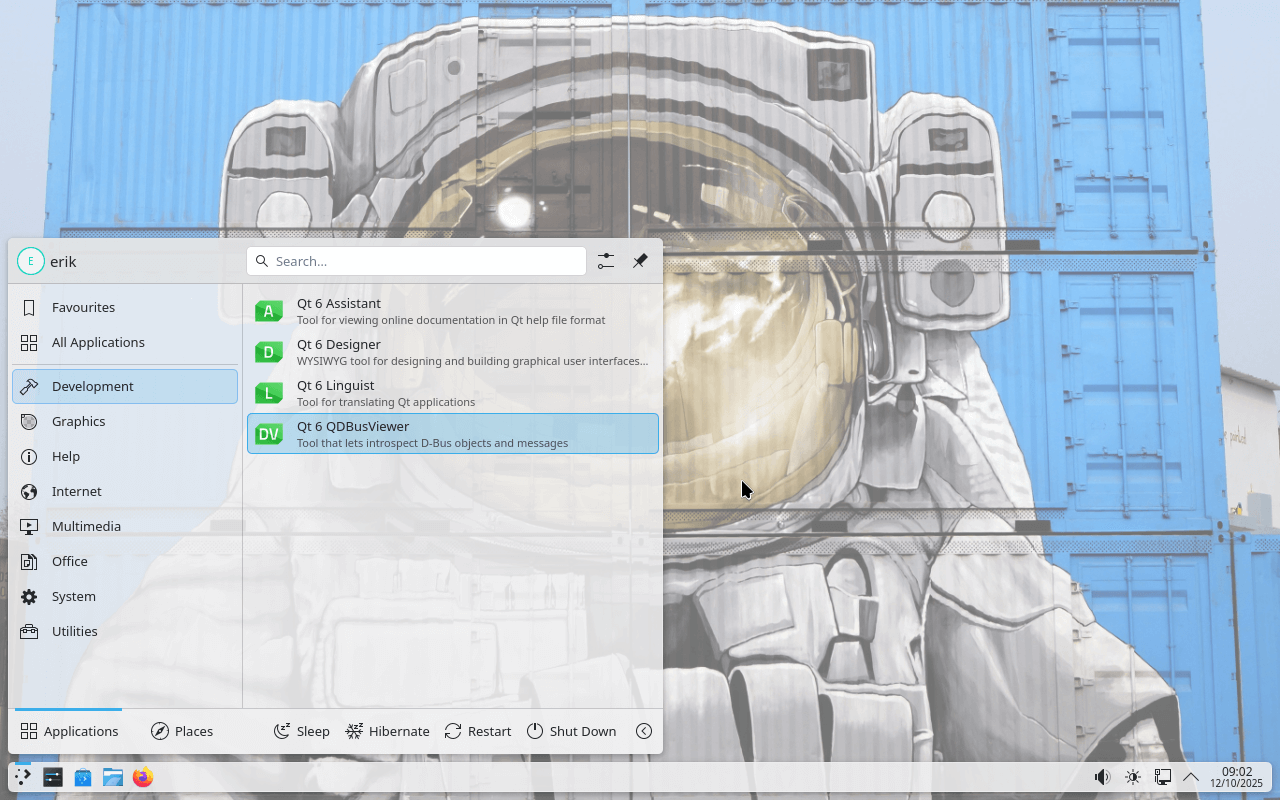MocaccinoOS uses Luet as a package manager, which is completely static and fully based on containers. It comes in two variants:
- Mocaccino Micro: Musl-based Linux From Scratch using only Luet. Suited for cloud and containers, but more to come as a Desktop flavor.
- Mocaccino Desktop: Gentoo-based (former Sabayon branch) suited for Desktop environments.
MocaccinoOS uses a layered approach for system and common packages: smoother upgrades so you can focus on the things that really matter.
Features include:
- Focused on minimalism, small footprint, and ease of use.
- Native vanilla upstream kernel: We closely follow kernel versions from upstream, LTS included.
- Unique approach to package management: SAT-solving is also applied on packages built in containers (Docker, Kubernetes, etc.)
- Meta distribution: It can be easily used to bootstrap other OS or spin-offs.
- Local iteration: With the container ecosystem, it’s easy to iterate development locally.
- Cloud first: Support for the most important cloud technology in the landscape.
- Different variants: From server to desktop, from systemd to runit.

| Working state: | Active |
| Desktop: | GNOME, KDE Plasma, MATE, Xfce |
| Init Software: | systemd and others |
| Package Management: | Luet |
| Release Model: | Rolling |
| Platforms: | x86_64 |
| Home Page: | www.mocaccino.org |
| Developer: | MocaccinoOS |
| This article is part of our Big List of Active Linux Distributions. |
What's a Linux distribution ("distro")? |
| A distro provides the user with a desktop environment, preloaded applications, and ways to update and maintain the system. Each distro makes different choices, deciding which open source projects to install and provides custom written programs. They can have different philosophies. Some distros are intended for desktop computers, some for servers without a graphical interface, and others for special uses. Because Linux is an open source operating system, combinations of software vary between Linux distros. |
